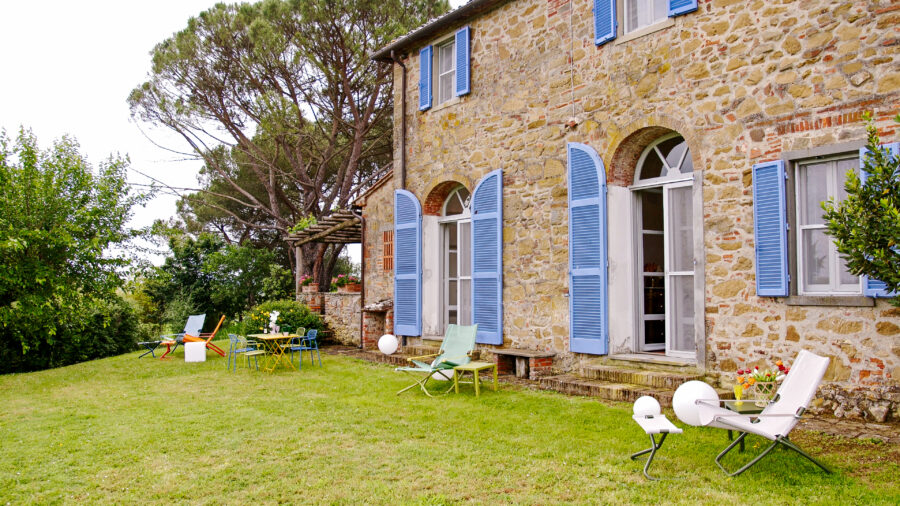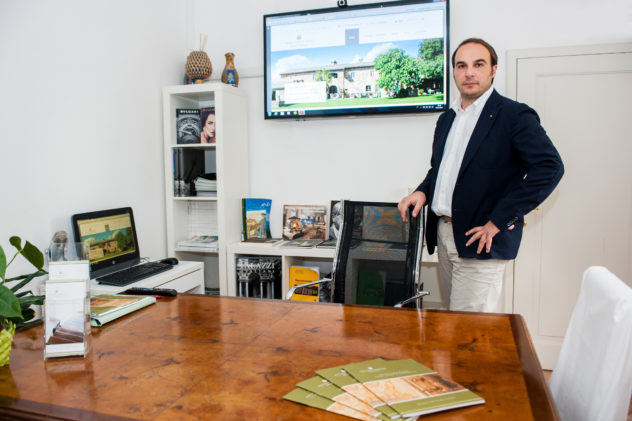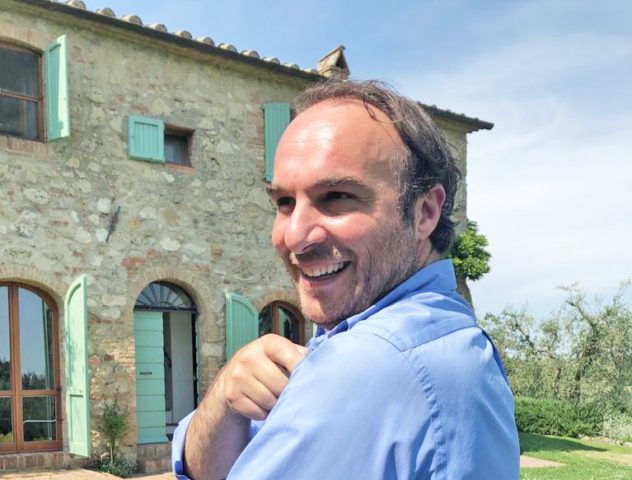Your property has been in the market for a very long time. So, start listening to what the market were and still is suggesting you to do: “refresh” your property. Read this article and discover how to do it.
One of the things that really a few vendors know, and which is often underestimated by professionals too, is that the best moment to sell a property coincides with the first months of its entering into the market.
Agencies like our boast a database of about 30.000 clients: so, when acquiring a property, it is normal to immediately advertise it to this great amount of potential buyers. Moreover, its entering into the different advertising portals allows to propose, through a newsletter, your property to other database too. For this reason, first months are fundamental.
If we lose this initial moment, which is something that may occur for many reasons, in 80% of cases it can happen that a property would have already lost all its potential buyers or part of its value.
Let’s do an example: a beautiful jewel remains in the window of a famous jewellery for a long time. Women will ask themselves:
“how can it be possible? Why no one has already purchase it? Do I have to buy it? Look, I will do so only with a 50% discount!”
Almost the same thinking can be done for properties too. The phycological aspect behind is the same.
Indeed, if the market keeps seeing your property advertised, even if by different agencies and channels, its question will be:
“why is it still on the market?”
“Surely, there is something going on with it.. a price which is not in line with the market and, after some comparisons, it is true! So, I have just to wait.. soon, they will decrease the price.”
Think about it: those are all things you have thought when you had to purchase another service or product. So, why should a potential buyer do not do the same?
Technically, it means that your property commercial proposal has been compromised. When a property promoted by different agencies or people remains on the market for too long, it inflates itself. A bit at a time, people will recognize it and their interest for your home will decrease.
Thanks to a research of an American real estate agents association, we now know that the 80% of the market interest toward the properties for sale concentrates itself in the first advertising month. So, after the first 30 days, it will slowly decrease.
What does it mean?
It means that, if my property is worth a million euros but I enter it into the market at 1.200.000,00€, this will make the market, during the first month, not responding. From the second month on, my property will be one of the many on the market waiting for a price reduction: so, a month of property bad positioning is sufficient to “compromise” its commerciality and the market interest on it. So, if you are in this situation, what should you do?
The best solution? Presenting your property to the market as a new one. How to do so? Remove it from the market.
Yes, you read it well: take you beautiful and unique property out of the market, interrupt its sale, make every agency remove its listings and renovate them. But.. for how long? At least a month: this is the suggested period to allow the potential buyers forgeting about your property.
Meanwhile, identify the most professional and organized agency and ask for a presentation of your property with top descriptions, photos, videos and translations. Analyse the real value of your property and listen to what the specialists say, use your active listening. In order to enjoy of the best advertisement possible, share a marketing plan with your agency and ask it for an “objectives project” composed of visibility, requests, visits and negotiations. Those are all fundamental steps for the reaching of the sale, and they have to be established before, through some precise statistic previsions and their following analyses.
For decades and with great results, we, as Great Estate, have been always doing so: you will read the interviews with many of our clients in our Magazine. We suggest you to read this article.
Related articles:










